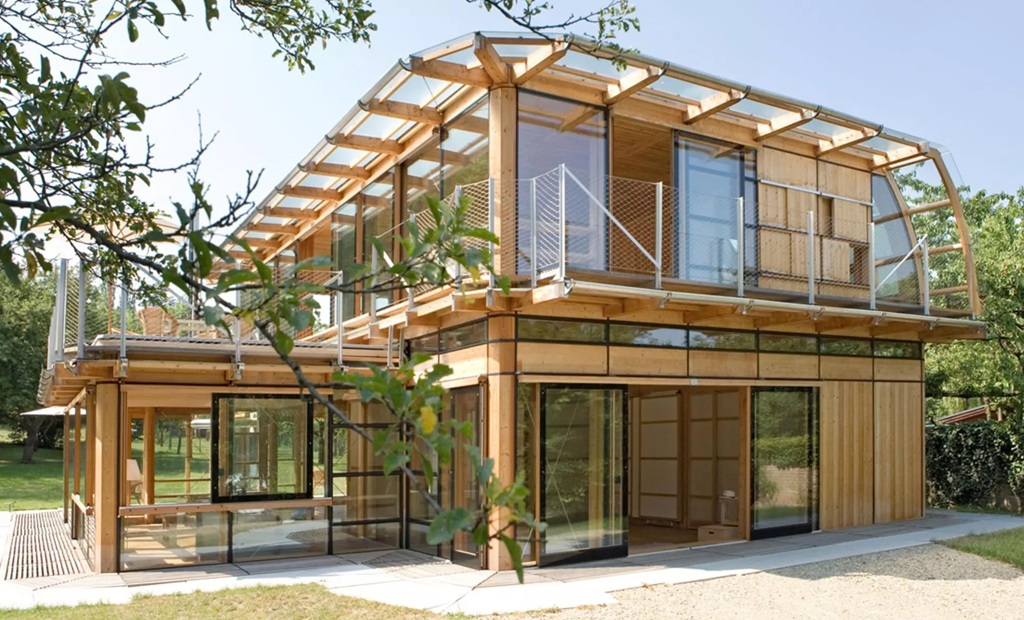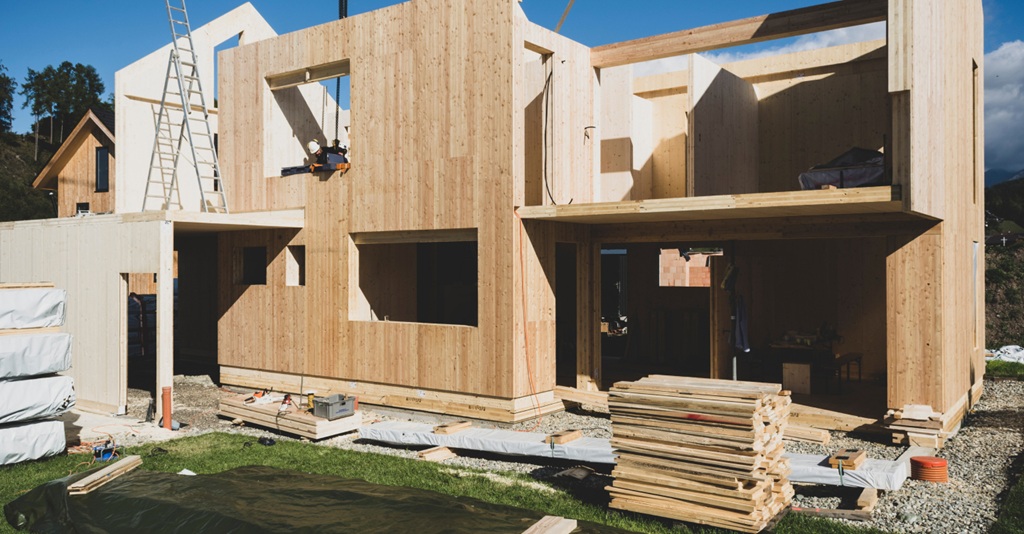Cross-laminated timber (CLT) has emerged as a revolutionary material in the construction world, especially in residential home building. Its rise is not accidental but rather rooted in its unmatched advantages, from sustainability to design flexibility. If you’re exploring innovative and eco-friendly building solutions, CLT deserves your attention. Additionally, if you’re planning a home project, explore Vincentjameshomes for customized, high-quality designs and solutions. Let’s dive into why cross-laminated timber has become a favorite choice for modern homes and why experts are calling it the “material of the future.”
What Is Cross-Laminated Timber (CLT)?
Cross-laminated timber is an engineered wood product created by stacking layers of solid-sawn lumber at right angles and bonding them together with strong adhesives. This process forms robust panels that combine structural stability with environmental benefits. Unlike traditional wood, CLT panels are incredibly resilient and versatile, making them an excellent alternative to concrete, steel, or even traditional lumber.
Sustainability: A Green Solution for Home Builders
The construction industry has been under scrutiny for its contribution to carbon emissions, which accounts for nearly 40% of global CO₂ emissions according to the World Green Building Council. CLT, however, is a game changer in this regard. Being made from renewable timber, it locks in carbon dioxide rather than emitting it.
Moreover, responsibly sourced wood used for CLT ensures forests are replanted and sustainably managed. For every cubic meter of wood used in construction, approximately one ton of carbon dioxide is sequestered. Imagine the environmental impact of building an entire home with cross-laminated timber!
For those looking to maximize returns in real estate, CLT can be a game-changer. Its cost efficiency, rapid construction timelines, and eco-friendly appeal make properties built with CLT highly marketable. For tips on smart real estate investments, check out how to invest in real estate with no money here: https://vincentjameshomes.com/reviews/how-to-invest-in-real-estate-with-no-money/.
Strength and Durability: A Material Built to Last
Despite its lightweight nature, CLT offers exceptional strength, often surpassing steel and concrete in certain applications. Its unique cross-layering technique minimizes warping, shrinking, and cracking, ensuring long-term durability.
- Tests have shown that CLT can withstand high pressures, making it a reliable choice for multi-story buildings.
- It also boasts incredible fire resistance, as the charring layer on the surface protects the inner layers from igniting, contrary to popular misconceptions.
This strength, combined with its ability to perform well under seismic stress, makes CLT a preferred material in earthquake-prone regions.
Ease of Construction and Cost Efficiency
One of the standout benefits of cross-laminated timber in home building is its ability to simplify construction processes. Prefabricated CLT panels are manufactured with precision, reducing the need for onsite modifications.
- Faster installation times lead to lower labor costs.
- Reduced material waste saves builders significant expenses.
Additionally, CLT panels are often lightweight compared to traditional materials, which means less expensive transportation and easier assembly. According to a report by the Forest Products Laboratory, building with CLT can cut construction timelines by up to 25%.
Design Flexibility for Unique Homes
CLT panels offer architects and designers unmatched creative freedom. Their strength and size allow for open floor plans, high ceilings, and expansive windows without compromising structural integrity. Whether you’re envisioning a modern minimalist home or a rustic cabin, CLT adapts to various architectural styles seamlessly.
Its ability to blend with other materials like steel, glass, or stone further enhances its versatility. Plus, CLT can be used for floors, walls, and even roofs, allowing for a cohesive, natural aesthetic throughout the home.
Related: Inside the World of Celebrity Homes Featuring Rammed Earth Construction
Thermal and Acoustic Insulation
Energy efficiency is a top priority for homeowners today, and CLT delivers in spades. Its natural insulating properties regulate indoor temperatures, reducing the need for artificial heating and cooling.
- Studies show that CLT homes use up to 40% less energy compared to homes built with traditional materials.
- Additionally, its dense structure provides excellent soundproofing, creating a quieter, more serene living environment.
A Fire-Resistant Alternative
Contrary to the misconception that wood is highly flammable, CLT’s fire resistance is one of its most surprising benefits. When exposed to fire, the outer layers of the wood char, creating a protective barrier for the inner core.
This controlled charring slows down the combustion process significantly, giving CLT structures fire ratings comparable to steel and concrete. For instance, a study conducted by FPInnovations found that CLT panels maintain structural integrity even after hours of fire exposure.
Lightweight Yet Resilient
While CLT is strong, it’s also lightweight, which reduces stress on the foundation and allows for construction on less stable soil. Builders can transport and assemble it more easily compared to bulkier materials like concrete. This combination of strength and lightness makes CLT ideal for multi-story residential projects or homes in remote areas.
Moisture and Pest Resistance
Advanced manufacturing processes ensure that CLT is treated to resist moisture, mold, and pests. The panels are often coated with protective finishes to prolong their lifespan and maintain structural integrity, even in humid climates.
FAQs
What are the main benefits of using cross-laminated timber in home building?
CLT offers sustainability, cost-efficiency, strength, and design flexibility. Its insulating properties also enhance energy efficiency and acoustic comfort.
Is cross-laminated timber eco-friendly?
Yes, CLT is made from renewable wood and sequesters carbon dioxide, making it an environmentally friendly alternative to traditional construction materials.
How durable is cross-laminated timber?
Thanks to its layered construction, CLT is incredibly durable, and resistant to warping, cracking, and fire, with a lifespan comparable to steel and concrete.
Related: Maximizing Visual Impact of Floor Plants Against Neutral-colored Flooring
Can CLT be used in multi-story buildings?
Absolutely. CLT’s strength and lightweight properties make it suitable for multi-story residential and commercial projects, including skyscrapers.
Does CLT require special maintenance?
No, CLT is low-maintenance, thanks to its treatment for moisture, pests, and fire resistance.
Conclusion
Cross-laminated timber is redefining the way we think about home building. Its combination of sustainability, strength, and cost-effectiveness makes it a standout choice for modern construction. Whether you’re a homeowner looking to build your dream house or a developer aiming for innovative solutions, CLT offers unparalleled benefits.




